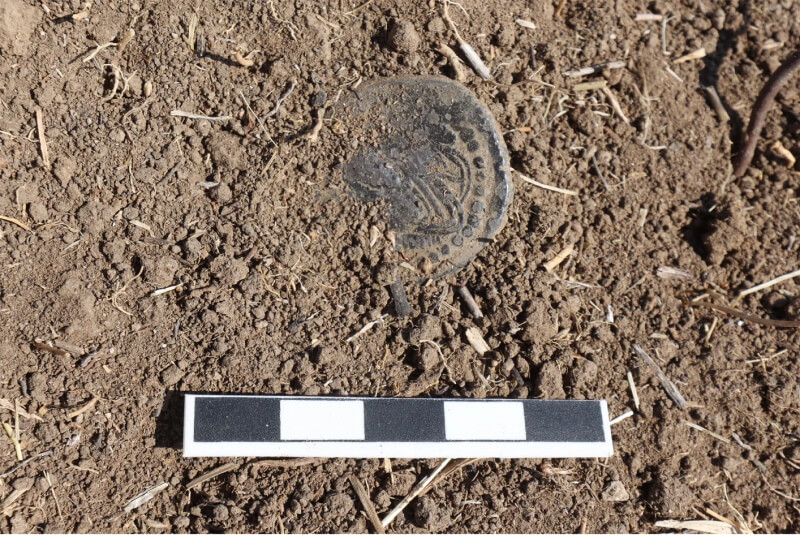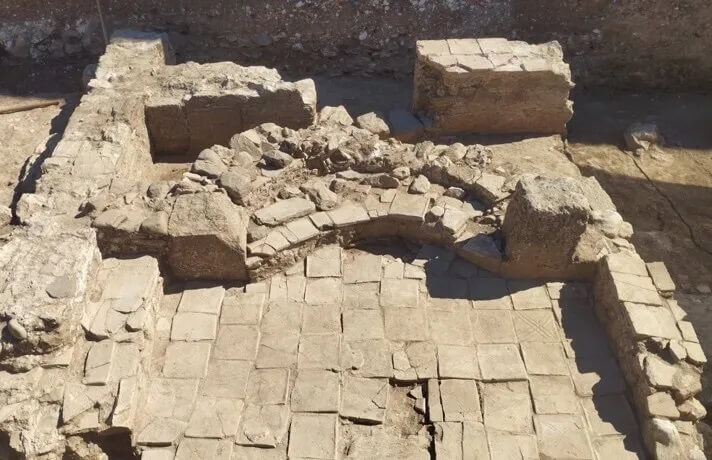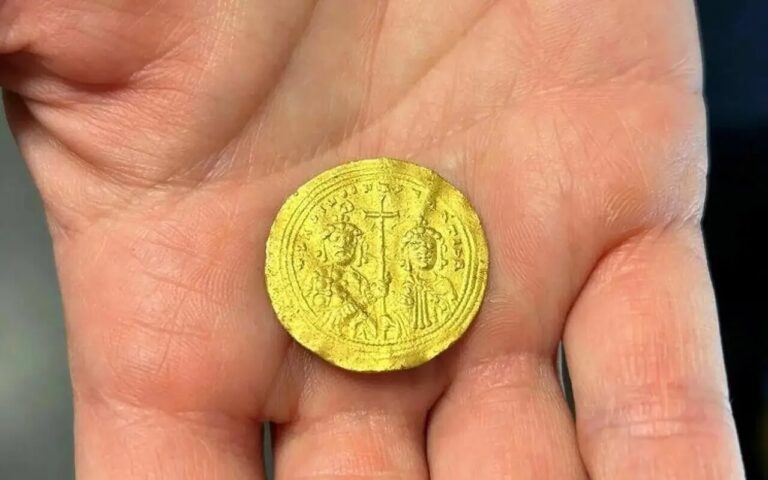Archaeologists uncover physical evidence of the famed battle of Mantzikert
In an exciting discovery, archaeologists from the Mantzikert Battlefield Archaeological Project, led by Prof. Dr. Adnan Çevik, have uncovered physical remnants of the legendary Battle of Mantzikert (or Malazgirt). Supported by Turkey’s Ministry of Culture and Tourism and involving experts from Muş Alparslan University, this project offers a window into one of the most pivotal battles of the medieval era.
Mantzikert, a turning point in the Byzantine history.
The Battle of Mantzikert, fought on August 26, 1071, between the Byzantine Empire and the Seljuk Empire, marked a decisive turning point in the fate of Byzantium and the broader region. The Byzantine army was defeated by the Seljuks, and Emperor Romanos IV Diogenes was captured. While traditionally presented as a catastrophic defeat in historiography, many Byzantine historians have since challenged this view. The battle itself was not the true catastrophe; rather, it was the events that it set in motion that had devastating consequences.
Indeed, although the Emperor was quickly released, his defeat undermined his authority and triggered a bitter civil war in Byzantium. Much of the empire’s military focus shifted inward as various claimants led provincial armies to the capital, hoping to seize power. This internal power struggle significantly weakened the defenses of Anatolia, allowing the Seljuks to conquer most of the region within a decade. This laid the foundations for what would become the heartland of a new Turkish and Muslim power in Anatolia, the Sultanate of Rum.
The consequences of the battle also reverberated across Europe. With Byzantine defenses shattered, Christian rulers grew alarmed at the expanding Islamic power. This anxiety, combined with Byzantium’s later appeals for military assistance, helped catalyze the launch of the Crusades. The First Crusade, in particular, was spurred in part by the need to counter the Seljuk advance and recapture lost Byzantine territories, signaling a new era of conflict between Christian and Muslim powers over the Holy Land and beyond.
Archaeology of the Battle of Mantzikert.
Archaeologists conducted a thorough survey across 150 square kilometers of the Mantzikert plain, using cutting-edge geophysical scanning techniques to zero in on the precise location of the battlefield. Their discoveries include an array of fascinating artifacts, such as arrowheads, fragments of swords and spears, and gold and bronze Roman coins. One of the standout finds is a collection of coins featuring the likeness of Byzantine Emperor Romanos IV Diogenes, who was captured and imprisoned after the battle.

In addition to weaponry and coins, archaeologists also uncovered an 11th-century cross necklace, Seljuk-period graves, and hundreds of metal objects linked to the battle. Dr. Oğuzhan Karaçetin, Project Coordinator, shared that these remarkable items are being prepared for exhibition at the Muş and Ahlat Museums, allowing the public to connect with this historic event.
Dr. Karaçetin emphasized that the project is not only about uncovering artifacts but also about pioneering a new approach to battlefield archaeology. He believes the innovative scanning technology and techniques applied here could revolutionize future studies of ancient battlefields, expanding our ability to understand these crucial moments in history.
This discovery breathes new life into the history of the Battle of Mantzikert, shedding light on a battle that shaped the course of empires and changed the fate of an entire region.
Image Credit : Malazgirt Battlefield Archaeological Project






